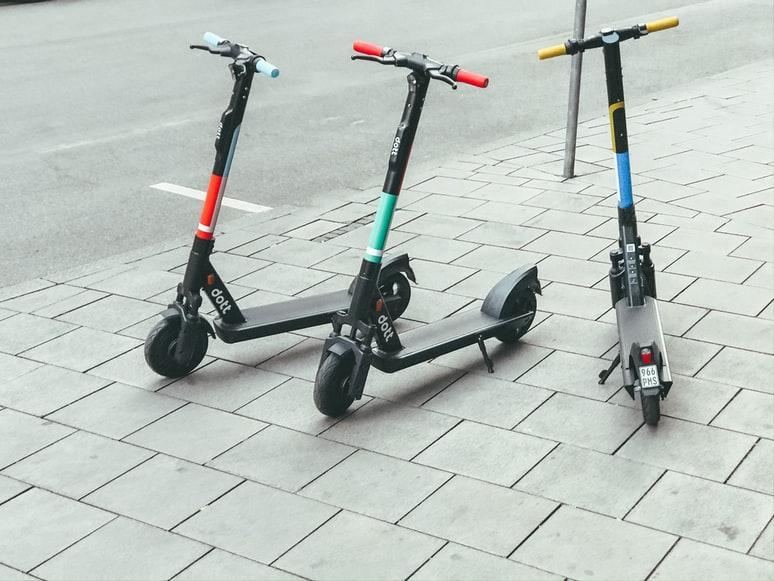By Nile Bijoux
New Zealand’s micromobility sector is about blow up, with revenue expected to grow from $9.5 million in 2020 to $2.4 billion by 2030. Paired with growth in EV adoption, a general desire to reduce carbon emissions, and navigating a post-Covid world, micromobility is increasingly looking like the future of transport.
‘Micromobility’ refers to small, lightweight vehicles that typically operate below the 25-30kmh mark, either as rentals or privately owned. Think Lime scooters or Onzo bikes, as well as the various e-bikes and e-scooters you can buy off the shelf.
They are often used as ‘first mile/lastmile’ solutions in tandem with public transport (for example to or from the home or office from the train or bus station) or even a private car (to and from a car park).Current Time 0:00/Duration 0:30 WARWICK SMITH/STUFFPalmerston North welcomes the arrival of e-scooters with mayor Grant Smith test riding scooters of each of the three companies represented.
Stuff spoke to Katherine Sandford, CEO of UBCO, about the micromobility industry in New Zealand, who said that micromobility has been largely driven by electric transportation, in particular the rise of the e-scooter.
According to PS Market Research, the e-scooter has taken off due to the “additional comfort they offer over pedal-assisted bikes.” They also allow people to move faster and more conveniently, trading e-bikes and cars for public transport and e-scooters.
Additionally, micromobility is a low-cost option, which appeals to a lot of New Zealanders.
“With micromobility, users need not take the hassle of buying a vehicle and bearing vehicle maintenance, insurance, charging/refuelling, parking, and other expenses. The option of a low-cost commute thus motivates consumers to replace their walking phase with a suitable two-wheeler for first- and last-mile connectivity.”
Sandford added that micromobility could also increase patronage in public transport by up to nine per cent by 2030, citing an NZTA study from 2021.
“Cars and particularly electric cars will continue to be a valuable part of the total transport system, especially while public transport options are limited. What you use depends on the situation – whether you’re carrying a load of stuff, going between meetings or taking the kids to school. So we’ll need to make sure there are a range of sustainable options, as well as a high consideration of convenience.
“People generally want to do the right thing, but if it requires too much effort or change in routine, then they’re far less likely to adopt a new approach.”
Rising numbers startups in the sector show the current demand and potential for growth, mainly aiming to satisfy ‘last-mile’ connectivity. These include Lime, Neuron Mobility, Onzo and Beam Mobility.
These are generally ‘dockless’ systems, which don’t require recharging at a dedicated station when not in use, and can be both bikes and scooters. They can be left anywhere and are usually unlocked via a mobile application. While convenient, it means that dockless bikes easily clutter up the streets, or even be dumped in a harbour…
If you’re considering investing or even starting your own micromobility company, Sandford recommends being “obsessed” with solving your end-user’s problem.
“New Zealanders have a real knack for getting to the heart of tricky problems by understanding what makes people tick and ticked off. Fail fast – test, rework and test again until you find users who will consistently pay for your product – then you know you have product market-fit and are ready to scale.”
Dockless systems are generally preferred because they are cheaper to deploy, operate, and maintain.
Ubco is operating in both private and commercial fields, selling bikes direct to customers online as well as trialling a business model where it supplies a vehicle, manages all servicing and maintenance, and ensures up-time to an agreed service level, in return for a monthly fee.
“Ultimately this type of model will be rolled out to consumers, but in the meantime, we’re making it easy for them to order online, unpack and configure the product at home, and then simply register the vehicle for on-road usage through VTNZ.”
Link: https://www.stuff.co.nz/motoring/127520134/new-zealands-micromobility-sector-is-gearing-up-for-big-things
Source: https://www.stuff.co.nz
















Leave a Reply